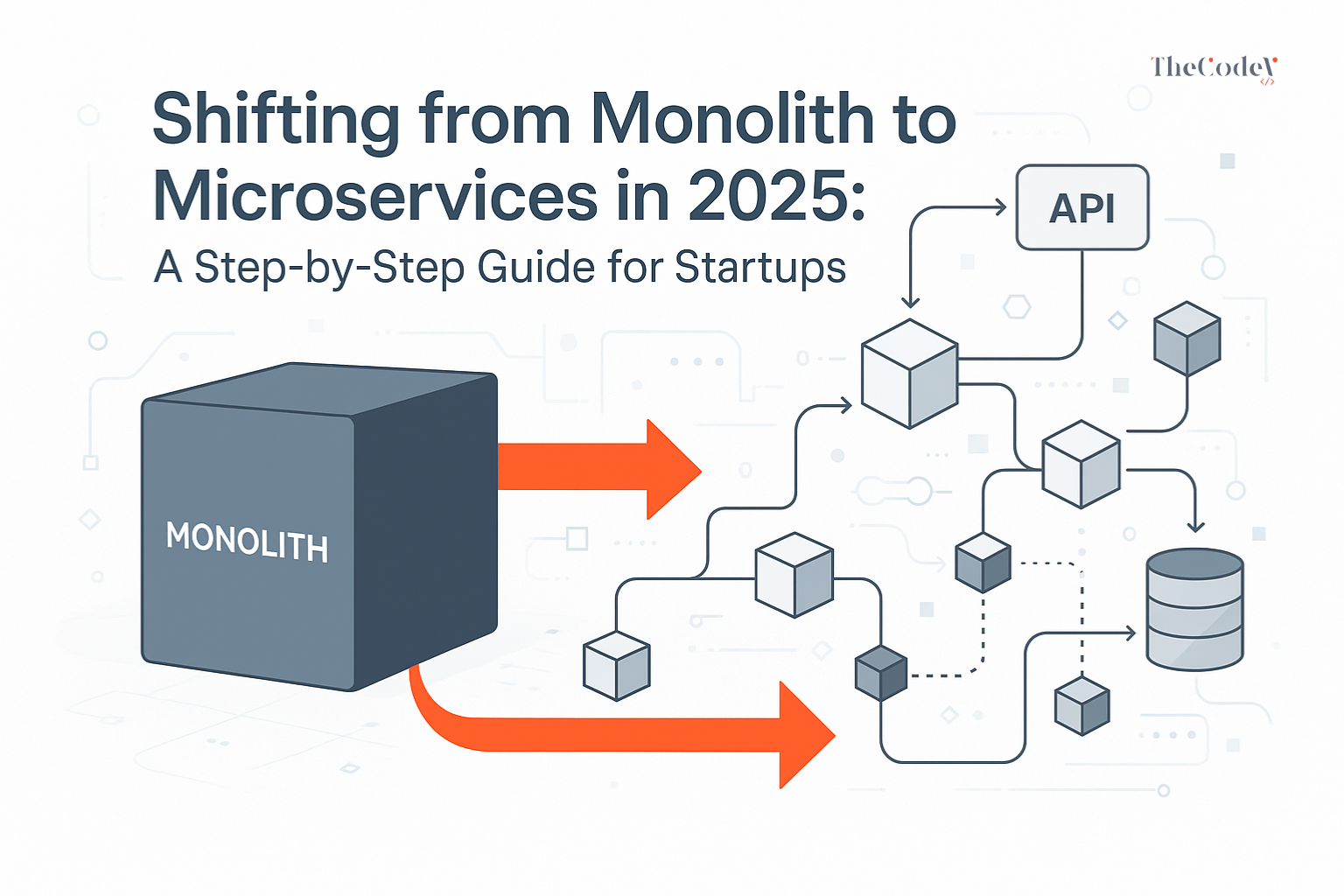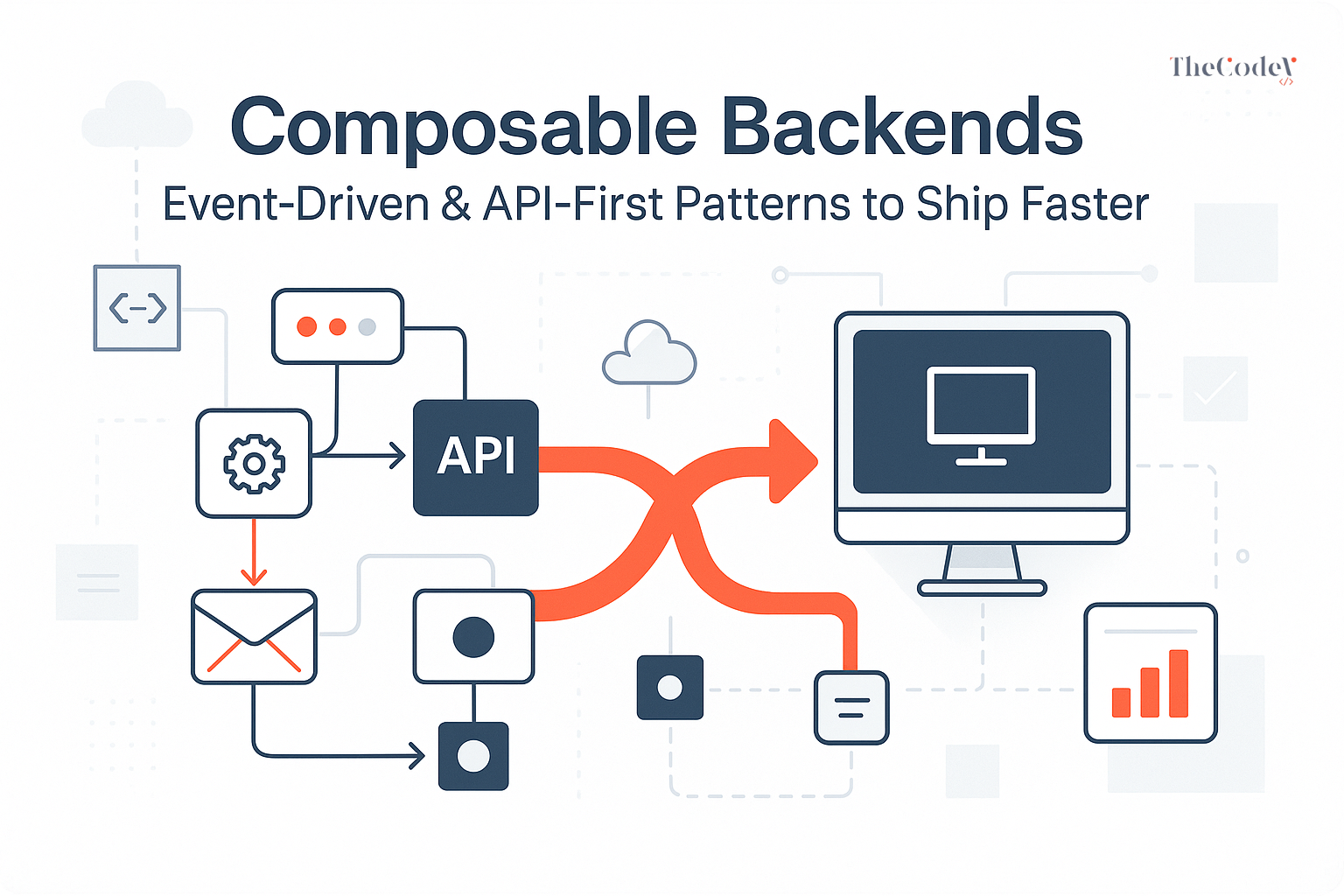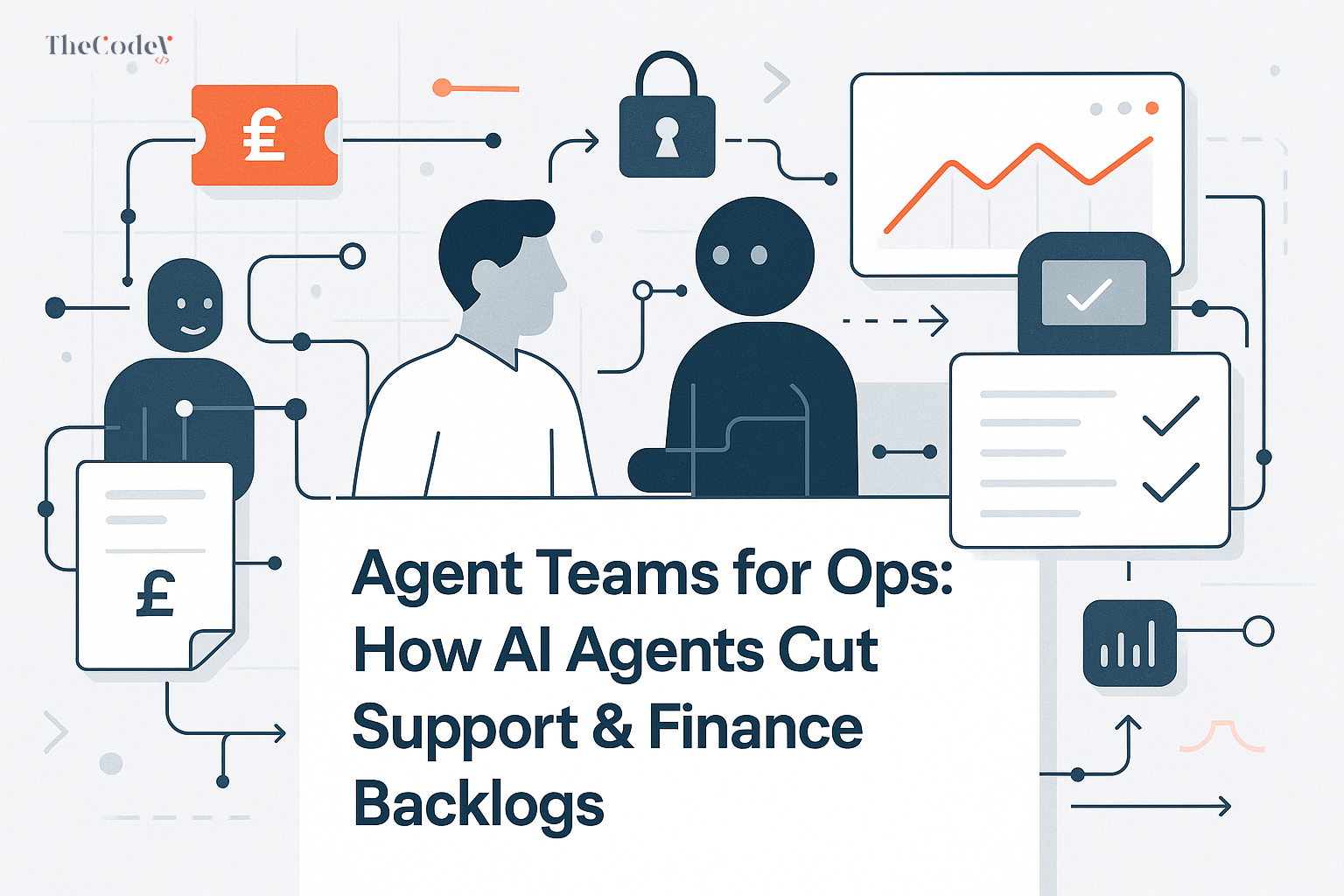Frontend Framework Battle 2025: React vs Angular vs Vue – Which Should You Choose?
Why the Frontend Framework You Choose Today Will Define Your Digital Success Tomorrow
In 2025, the digital battlefield has intensified. As technology advances at breakneck speed and user expectations rise, businesses can no longer afford to treat frontend decisions as an afterthought. For CTOs, startup founders, and developers alike, the choice of a frontend framework is no longer just about syntax or popularity—it’s about strategic longevity, performance, and the ability to scale globally.
The decision between React, Angular, and Vue isn’t just technical. It impacts hiring, user experience, time-to-market, and even long-term product viability. That’s why this blog—“Frontend Framework Battle 2025: React vs Angular vs Vue – Which Should You Choose?”—offers more than just feature comparisons. It’s a strategic guide tailored to empower forward-thinking businesses and development teams with the insights needed to choose wisely.
The Rising Complexity of Frontend Development
Why Frameworks Matter More Than Ever
Web development in 2025 is not what it was five years ago. Modern web apps are expected to deliver:
Lightning-fast performance
Seamless cross-platform experiences
Real-time interactivity
Personalised UX backed by machine learning
With these expectations, choosing the wrong frontend stack can cripple scalability and inflate development costs. Businesses are under immense pressure to meet user demands while keeping technical debt low. The choice of frontend framework has a direct bearing on performance, developer velocity, and operational efficiency.
🔗 Explore how TheCodeV delivers future-proof Digital Services for fast-growing enterprises.
Frameworks Shaping the Future: A Competitive Trio
React, Angular, and Vue dominate the current landscape—but each comes with its own philosophy, tooling ecosystem, and community trajectory.
React continues to evolve with new features like Server Components and React Compiler, making it a go-to for modern, component-driven UIs.
Angular remains the framework of choice for complex enterprise applications requiring strong typing, opinionated architecture, and integrated tooling.
Vue, once the underdog, is now gaining ground globally thanks to its elegant API and growing ecosystem.
According to the State of JS 2024 report, React and Vue lead in satisfaction and usage, while Angular remains a strong contender in enterprise deployments. Meanwhile, the Stack Overflow Developer Survey 2024 confirms React as the most loved frontend framework globally, followed closely by Vue.
Who Should Read This Blog and Why
Whether you’re:
A CTO choosing the best stack for a greenfield product
A startup founder seeking rapid iteration
A developer deciding which framework to invest in professionally
…this guide will offer you a side-by-side breakdown of React, Angular, and Vue in 2025—backed by real-world use cases, performance benchmarks, and strategic insights.
💡 Looking to build with confidence? Learn more about our Custom Software Development solutions for scalable, frontend-powered platforms.
What’s Next in This Blog
In the following sections, we’ll analyse each framework in-depth, compare their strengths and limitations, and help you choose the right one based on your project’s goals, team skill set, and growth trajectory.
Stay with us to discover which frontend framework will fuel your innovation in 2025.
React in 2025: Still the King of Component-Based Development?
Why React Continues to Lead the Frontend Framework Battle in 2025
In a landscape overflowing with innovation, React remains a front-runner. Nearly a decade after becoming mainstream, React’s blend of flexibility, performance, and a thriving ecosystem keeps it ahead of many rivals. Whether you’re a startup seeking rapid delivery or an enterprise looking to scale efficiently, React’s enduring dominance makes it a critical consideration in the frontend framework battle of 2025.
Performance Meets Flexibility
React’s architecture has always prioritised developer control and performance. In 2025, the core library is lighter and smarter, powered by React Compiler and Concurrent Mode, enabling smoother UI transitions and rendering.
JSX provides developers with expressive and intuitive templating
The virtual DOM ensures efficient updates with minimal performance overhead
React 19 introduces further performance improvements for hydration and SSR
This makes React a prime contender in the React vs Vue performance debate, especially for interactive web apps and real-time user interfaces.
🔗 Ready to go faster? Explore TheCodeV’s homepage and see how our frontend teams optimise performance from day one.
React’s Expansive Ecosystem
Next.js, React Native & Server Components
React isn’t just a library—it’s the nucleus of a vast ecosystem.
Next.js offers best-in-class support for static and dynamic site generation, hybrid rendering, and API routes
React Native powers scalable mobile experiences using a single codebase
React Server Components revolutionise how developers think about SSR, reducing the JavaScript bundle size drastically
Together, these tools make React ideal for:
✅ Building real-time dashboards
✅ Deploying robust SaaS platforms
✅ Crafting scalable progressive web apps
✅ Launching startup MVPs in record time
With extensive documentation and plugins, React remains the best framework for teams that value freedom over rigid conventions.
Community and Developer Experience
Why React Attracts Talent in 2025
React’s popularity is not just about tooling—it’s also about community strength. With over 210,000 GitHub stars and contributions from both Meta and independent developers, React has a continuously evolving ecosystem.
Resources such as:
…make onboarding and upskilling fast and accessible.
📋 Want to find out if React is right for your product? Fill out our project questionnaire to get tailored advice from TheCodeV’s frontend experts.
React for Startups and Scale-Ups
Low Overhead, High Potential
React’s composable structure means you can start small and scale big. Its compatibility with GraphQL, TypeScript, and headless CMSs makes it ideal for startups aiming for agility and scale-ups needing stability.
React also shines in collaborative development environments, where code reusability and modular design accelerate timelines without sacrificing maintainability.
What Makes React a Leading Frontend Framework in 2025?
🔧 Mature tooling ecosystem with continual updates
👥 Massive global community for support and hiring
📱 Seamless mobile and web integration via React Native
⚡ Excellent performance for dynamic and data-heavy UIs
React’s balance between flexibility and power ensures it continues to dominate the frontend framework battle of 2025—particularly for teams looking to deliver beautiful, performant, and maintainable UIs.
Angular in 2025: Enterprise Backbone or Bloated Legacy?
Angular’s Dual Identity in the Frontend Framework Battle 2025
Angular has always divided opinion. In 2025, this remains true—while React and Vue are praised for flexibility and developer freedom, Angular is revered (and sometimes criticised) for its rigid structure. Yet, when it comes to enterprise-scale applications, Angular still holds its ground as a dependable choice.
As the frontend framework battle of 2025 intensifies, Angular’s continued relevance lies in one key trait: predictability.
A Framework With Opinions—and That’s a Good Thing
Angular is a full-fledged framework, not just a UI library. This means it comes bundled with everything a large-scale team needs from the start:
Angular CLI for standardised project scaffolding
RxJS for reactive programming
TypeScript by default for enhanced scalability and typing
Routing, forms, and state management built in
This strong opinionated structure ensures uniformity, making Angular ideal for multi-team projects and enterprises needing strict architectural guidelines.
🔧 Considering long-term tech stack decisions? Explore TheCodeV’s Services for enterprise software solutions built to scale.
Why Enterprises Still Trust Angular
Stability, Security & Scale
While newer startups might gravitate towards React or Vue, Angular for enterprise apps continues to be the go-to in industries such as:
Healthcare
Banking & Fintech
Government & Public Sector
These sectors value Angular’s robust security model, strict module boundaries, and long-term support (LTS) from Google. The powerful dependency injection system and modular design allow teams to build complex applications that remain maintainable over time.
This approach may feel verbose for small teams, but at scale, it delivers unmatched structure and stability.
📈 In 2025, major corporations continue to adopt Angular for mission-critical software. According to Angular Blog , the release of Angular v17 brings enhanced SSR capabilities and improved rendering speed, ensuring Angular remains competitive in the Angular vs React performance debate.
The Learning Curve: Still Steep in 2025
Is It Worth the Investment?
One of Angular’s most consistent criticisms is its steep learning curve. Concepts like:
Zones
Change detection strategies
RxJS observables
…can be overwhelming to junior developers or small agile teams.
However, for organisations willing to invest in onboarding and developer training, Angular’s payoff is significant. The strict architectural conventions reduce technical debt and encourage consistency across large codebases.
💬 Need help aligning your team’s skill set with the right framework? Book a consultation with TheCodeV to make an informed decision.
Angular Scalability: Structured for the Long Haul
Despite its complexity, Angular scalability is one of its strongest assets. With built-in lazy loading, modular architecture, and powerful CLI automation, Angular can support:
✅ Modular microfrontend architectures
✅ Scalable enterprise dashboards
✅ Integrated real-time systems (via RxJS)
✅ WCAG-compliant enterprise portals
Insights from Angular InDepth on Medium and Dev.to confirm Angular’s continued evolution to meet enterprise demands while modernising its developer experience.
Is Angular Still Worth It in 2025?
The answer lies in your project scale, team composition, and maintenance expectations. For lean, fast-moving startups, Angular might feel overengineered. But for established businesses with long-term roadmaps and complex integrations, Angular remains a powerhouse—structured, secure, and battle-tested.
Vue in 2025: Underdog No More?
Vue 3 Rises as a Serious Contender in the Frontend Framework Battle 2025
Once considered the lightweight alternative to React and Angular, Vue.js has matured into a robust and flexible frontend framework in 2025. With Vue 3 now the default and a flourishing ecosystem that includes Nuxt, Pinia, and Vite, Vue is no longer an underdog—it’s a top-tier choice for both startups and established businesses.
As frontend complexity grows, Vue continues to attract developers and teams looking for a clean syntax, high performance, and ease of integration. In this section of the frontend framework battle, we explore how Vue has carved its place in modern web development.
Why Choose Vue for Scalable Web Apps in 2025?
Developer-Friendly, Yet Powerful
Vue strikes a unique balance between approachability and power. Its gentle learning curve makes it perfect for onboarding junior developers, while advanced features like the Composition API and reactivity system offer depth for experienced engineers.
Key advantages of Vue in 2025 include:
Single File Components (SFCs) for modular, readable codebases
Pinia replacing Vuex as the elegant state management solution
Nuxt 3 offering server-side rendering, static site generation, and hybrid applications
Vite for blazing-fast build and dev server performance
This makes Vue highly adaptable for both MVPs and production-grade systems.
🔗 Looking to build a performant and cost-effective ecommerce UI? Explore TheCodeV’s eCommerce SEO services to learn how we bring Vue-powered storefronts to life.
Vue vs React: Developer Experience Comparison
When it comes to Vue vs React, much of the debate revolves around developer experience. While React favours flexibility, Vue offers a more curated experience with built-in directives, lifecycle methods, and templating.
Vue’s declarative syntax and two-way binding (via
v-model) enable faster prototypingVue 3’s Composition API brings improved logic reuse, similar to React Hooks but more intuitive
With Nuxt, Vue has strong support for SEO, SSR, and static deployment—critical for ecommerce and content-heavy platforms
According to Vue Mastery and Vite Docs , Vue’s ecosystem is now considered production-ready for high-scale applications, from admin dashboards to full-scale SaaS platforms.
The Growing Vue Ecosystem in 2025
The Vue community has expanded significantly. With active contributors, new educational platforms, and enterprise adoption on the rise, Vue now rivals React in developer satisfaction.
GitHub stars for Vue have surpassed 210,000
Nuxt’s ecosystem includes modules for analytics, SEO, auth, and CMS integrations
Vite has become the standard bundler, even adopted outside the Vue community
These tools make Vue especially suitable for:
✅ Building eCommerce storefronts
✅ Developing marketing websites
✅ Executing progressive migrations for legacy codebases
✅ Crafting interactive UI components in CMS-powered platforms
💬 Planning a Vue project or exploring frontend alternatives? Get in touch with our team to see how TheCodeV can tailor Vue to your business goals.
Vue Frontend Framework: A Smart Choice in 2025?
For teams that value developer experience, fast builds, and an opinionated yet flexible architecture, Vue is an increasingly wise choice. Whether you’re scaling up a Shopify alternative or building a composable SaaS interface, Vue has the power, tools, and community to make it happen.
With Vue 3 at its core, the Vue frontend framework has truly outgrown its niche status and stands tall as a future-ready option in the frontend framework battle 2025.
Framework Showdown: React vs Angular vs Vue on Performance & Scalability
Frontend Performance 2025: What Really Sets These Frameworks Apart
In 2025, performance and scalability are no longer just nice-to-haves—they’re strategic imperatives. With rising user expectations and global digital adoption, the ability of a frontend framework to deliver fast, scalable, and seamless experiences can directly affect user retention, conversion rates, and infrastructure costs.
This section offers a framework scalability comparison of React, Angular, and Vue, exploring how they perform under pressure and how their tooling ecosystems support rapid, enterprise-grade delivery.
Load Times, SSR, and Hydration: Head-to-Head
React Performance 2025
React continues to prioritise minimal bundle size and rehydration speed through tools like:
React Compiler
React Server Components
Next.js automatic code-splitting
These enhancements allow React to support hybrid rendering and dramatically reduce initial load times for dynamic applications.
Vue Performance 2025
Vue, paired with Vite and Nuxt 3, delivers near-instant server-side rendering (SSR) with minimal JavaScript payloads. Thanks to the Composition API and tree-shaking capabilities, Vue excels in projects where SEO, speed, and user interactivity are critical.
Angular Performance 2025
Angular, with its recent updates in v17, improves hydration and SSR capabilities, but still carries a larger initial payload compared to React and Vue. However, its ahead-of-time (AOT) compilation and strict typing can make performance more predictable in complex enterprise apps.
📊 According to Google Developers Blog and Frontend Masters , modern metrics like Largest Contentful Paint (LCP) and First Input Delay (FID) consistently show React and Vue outperforming Angular in cold-start conditions.
Framework Scalability Comparison: From MVPs to Enterprises
React
Excels in code-splitting via dynamic imports
Integrates easily with micro-frontends through Module Federation
React’s modularity allows large teams to scale features independently
Angular
Ideal for monolithic enterprise apps requiring consistency
Strong CLI for automation, routing, and testing
In-built dependency injection simplifies large-scale feature composition
Vue
Highly scalable through Nuxt modules and Pinia for global state
Supports modular architecture for both MVPs and full-scale systems
Seamless SSR and static site generation via Nuxt make it ideal for global eCommerce
🔗 Curious how these frameworks scale in real-world conditions? Check out TheCodeV’s case studies to explore our success stories across industries.
Tooling: CLI, Dev Tools, and CI/CD Experience
Angular CLI
Angular’s CLI remains unmatched for out-of-the-box support: testing, linting, routing, and environment management are tightly integrated. Perfect for teams seeking predictability and standardisation.
React Dev Ecosystem
React does not ship with a full CLI, but Next.js, Vite, and third-party tools like Create React App (deprecated in favour of newer stacks) offer powerful flexibility. React integrates smoothly with most modern CI/CD platforms, and its ecosystem encourages plug-and-play tooling.
Vue Tooling
Vue’s Vue CLI and Vite-powered Nuxt setup offer lightning-fast build times and clear documentation. Its dev tools browser extension is developer-friendly, and the native SSR support in Nuxt makes deployment seamless.
🧩 Looking to optimise your CI/CD pipeline or choose the right tech stack for long-term growth? Explore TheCodeV’s pricing plans to get started with a tailored frontend solution.
React vs Angular vs Vue Tools: The Final Tally
| Feature | React | Angular | Vue |
|---|---|---|---|
| SSR & Hydration | ✅ Advanced (Next.js) | ✅ Improved (v17) | ✅ Nuxt + Vite |
| CLI Tooling | ⚠️ Varies by stack | ✅ Full-featured | ✅ Vue CLI / Nuxt |
| Code Splitting | ✅ Dynamic import | ✅ Supported | ✅ Built-in (Vite) |
| Dev Tools | ✅ React DevTools | ✅ Angular DevTools | ✅ Vue Devtools |
| CI/CD Experience | ✅ Smooth | ✅ Standardised | ✅ Lightweight & Fast |
(Source: TechRepublic )
React offers flexibility and innovation, Angular delivers structure and scale, and Vue strikes the balance between simplicity and power. Your ideal choice depends on the demands of your product and the skills of your team.
Which Framework Wins in Developer Hiring & Future Trends?
Talent Availability in the Frontend Framework Battle 2025
As businesses scale their digital presence, the availability of skilled developers becomes just as important as the framework’s performance or ecosystem. The frontend hiring trends in 2025 reveal which technologies are thriving in talent markets—and which ones may present a hiring challenge.
From global developer sentiment to UK-specific availability, this section analyses React, Angular, and Vue through the lens of recruitment and long-term framework sustainability.
Is React Still the Most Hireable Skill in 2025?
React continues to dominate job boards and freelance marketplaces in 2025. According to the Stack Overflow Trends , React has consistently remained in the top three most used and most loved frameworks worldwide. Companies across sectors—including SaaS, fintech, and retail—are investing heavily in React developers in the UK and beyond.
Over 12,000 React job listings appear on LinkedIn UK at any given time
React’s deep integration with Next.js and React Native makes it a versatile career skill
React’s popularity is supported by its modular design, rich ecosystem, and broad enterprise adoption
This availability of talent reduces recruitment friction and ensures access to a wide pool of senior engineers, junior developers, and full-stack specialists.
🔗 Want to join a team building the future of web development? Visit TheCodeV’s Career Page to explore open roles in our React and full-stack projects.
Angular: Reliable, but Niche in Hiring
While Angular’s job market isn’t as vast as React’s, it remains strong within enterprise-level organisations and government contracts. According to the JetBrains Developer Ecosystem Survey , Angular usage has plateaued but remains steady due to its robustness and long-term support from Google.
Angular developers tend to specialise in TypeScript-heavy, enterprise-scale environments
Framework consistency helps reduce onboarding time in larger teams
However, the steeper learning curve can limit the pool of entry-level talent
Enterprises with complex, regulated applications still favour Angular for its structural discipline and dependency injection, but hiring requires more focused recruitment strategies.
Vue Developer Availability: Growing but Regionally Varied
Vue’s hiring trends are rapidly shifting in 2025. Once perceived as a secondary skill, Vue developer availability is now surging—especially in startups, agencies, and eCommerce development.
Vue has surpassed 210,000 GitHub stars as of Q2 2025
The community is vibrant, with contributions from Asia, Europe, and Latin America in particular
Hiring Vue developers is easier for projects using Nuxt, headless CMS, or frontend-heavy prototypes
However, Vue still lags behind React in enterprise adoption, and availability can vary by region and industry vertical.
💡 Learn more about our global team and approach to emerging technologies on TheCodeV’s About Us page.
How Framework Popularity Shapes Your Project Success
Popular frameworks bring more than just code—they bring thriving communities, open-source contributions, and faster time-to-hire. Here’s how popularity metrics stack up in 2025:
| Framework | GitHub Stars | Stack Overflow Mentions | Hiring Momentum (UK) |
|---|---|---|---|
| React | 215K+ | Extremely High | 🚀 High |
| Angular | 90K+ | Moderate | 📊 Medium |
| Vue | 210K+ | Rapidly Increasing | ⚡ Fast-Growing |
(Source: GitHub Trending, Stack Overflow Trends )
The Future Outlook: What the Next 5 Years May Hold
React is expected to remain dominant due to Meta’s backing, broad tooling support, and career viability.
Angular will stay strong in regulated industries and enterprise projects needing structured workflows.
Vue will likely see rapid adoption in creative and eCommerce sectors as its ecosystem matures.
For businesses choosing a frontend framework today, talent availability and future support are just as crucial as performance or developer experience. Choosing the right framework also means choosing a vibrant, scalable, and hireable ecosystem.
Which Frontend Framework Should You Choose in 2025?
Final Verdict: Matching Frameworks to Your Product Vision
As we’ve explored in depth throughout this guide, the frontend framework battle of 2025 is less about declaring a winner and more about aligning each framework’s strengths with your specific product goals. Whether you’re launching a sleek MVP, building a robust enterprise solution, or scaling a mobile-first SaaS platform, your framework choice should be intentional and strategic.
Decision Matrix: React vs Angular vs Vue by Use Case
| Use Case | React | Angular | Vue |
|---|---|---|---|
| MVP / Startup | ✅ Rapid development with reusable components | ⚠️ Overhead may slow down small teams | ✅ Fast prototyping, beginner-friendly |
| Enterprise App | ✅ Scalable with external tools (Next.js, TypeScript) | ✅ Built-in structure, CLI, DI ideal for large-scale systems | ⚠️ Requires Nuxt & architecture discipline for scale |
| Real-Time Dashboard | ✅ React + WebSockets = smooth UX | ✅ RxJS for reactive data flows | ✅ Composition API & reactivity system handle interactivity |
| Mobile-First Projects | ✅ React Native integration is seamless | ⚠️ Needs Cordova or third-party wrappers | ⚠️ Vue Native exists but has limited adoption |
| eCommerce Websites | ✅ Next.js with headless CMS support | ⚠️ Heavy structure, less suited for marketing sites | ✅ Nuxt + Vite = SEO-friendly, lightning-fast performance |
(Source: TechRepublic Developer Guide 2025 )
TheCodeV’s Expert Recommendation
Choose React if you prioritise flexibility, community size, and cross-platform capability.
Choose Angular if you’re an enterprise seeking consistency, long-term maintainability, and out-of-the-box tooling.
Choose Vue if you need fast development, exceptional developer experience, and a lightweight footprint with scalability potential.
No matter which framework you adopt, success hinges on expert implementation, architectural planning, and iterative testing—all areas where TheCodeV excels.
🚀 Partner with TheCodeV: Your Frontend Strategy Experts
Whether you’re building the next disruptive SaaS product, redesigning a complex enterprise portal, or launching a mobile-first global platform, TheCodeV is here to help.
With extensive experience in:
Cross-platform React, Angular, and Vue development
Optimised performance, SEO, and PWA delivery
Collaborating with businesses from the UK to global markets
…we bring technical precision and business insight to every project.
📩 Request a consultation to evaluate the best frontend strategy for your project.
🔧 Explore our Services to see how we blend cutting-edge tech with reliable execution.
📞 Contact our team today and turn your vision into a scalable product.
Future-Proof Your Stack with Confidence
2025 is the year of innovation—but only for those who build on solid, scalable foundations. Choose your frontend framework wisely. And when you’re ready to bring that vision to life, TheCodeV will be your trusted strategic partner every step of the way.




